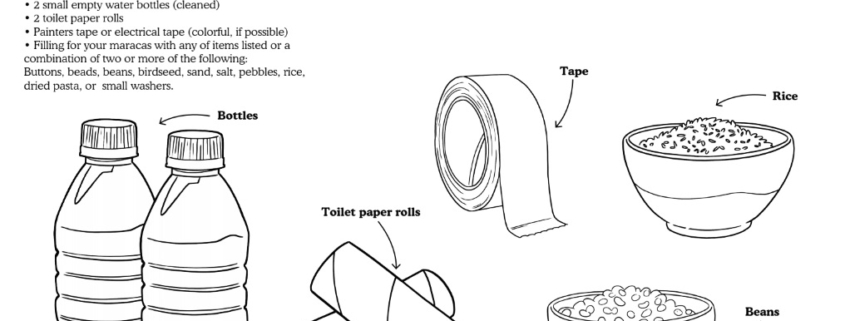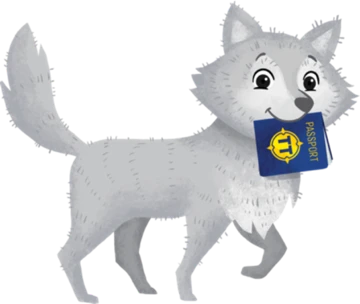In today’s lesson, we will introduce you to some fun poems from the Caribbean islands from Jamaican poet James Berry.
James Berry brings musical quality to his poems that celebrate what he calls “everyday” music – bird calls, tropical storms, the chatter of family and friends, and traditional songs and stories. They bring you the sounds, sights, and smells of James’ Jamaican childhood. You can listen to a poem written and read aloud by James Berry in English titled, “Childhood Tracks”. You can also hear him read aloud a poem in Creole or Patois, which is a Jamaican dialect here: Trick a Duppy.
Next, try to write your own poem in honor of Earth Day! Using “list poem” guidelines, think about the things you see and love about the Earth to create your own poem. What do you love and wish to protect about our planet?











